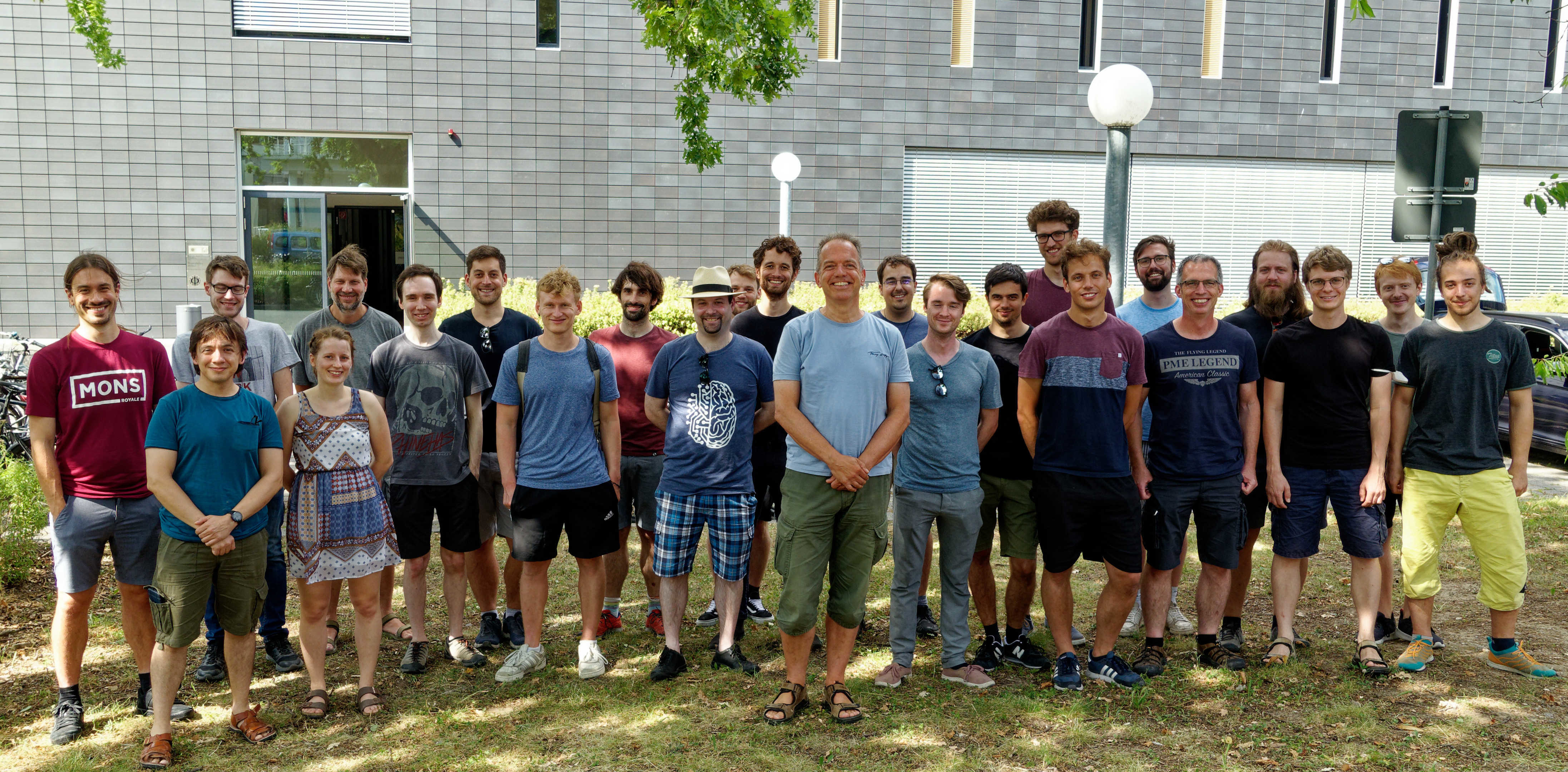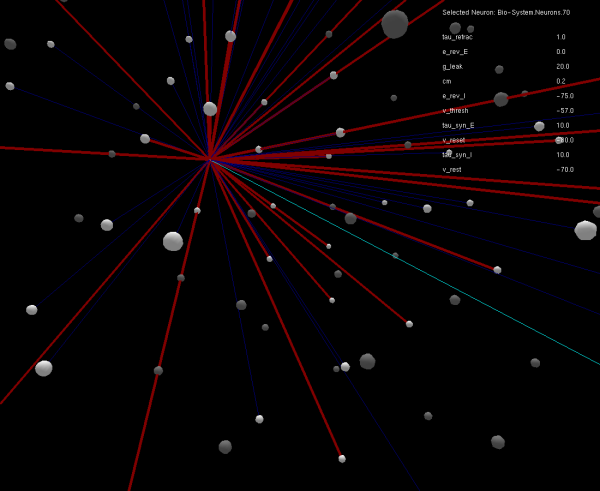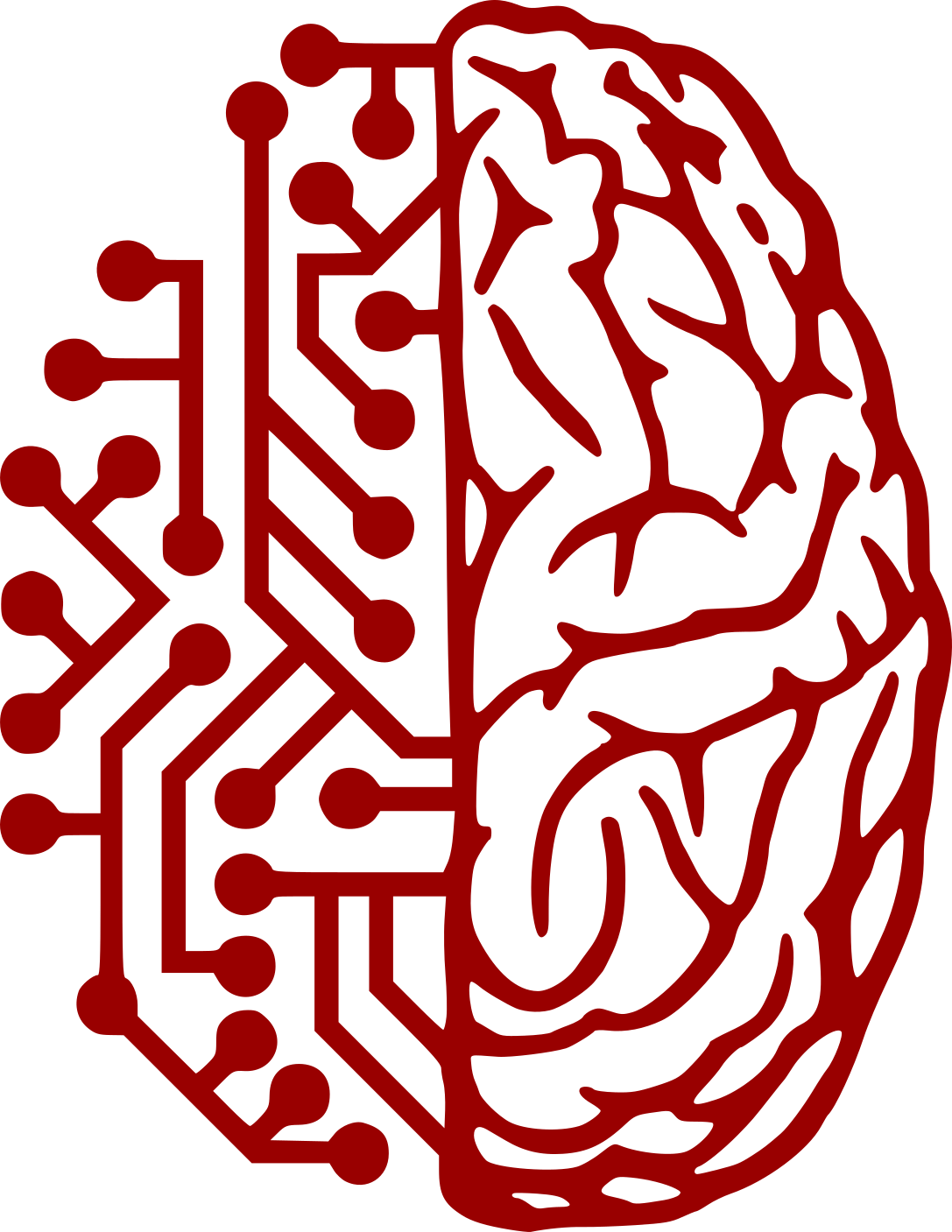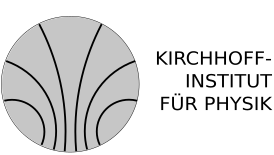
Withing the FACETS research project, we try to understand how the brain's amazing capabilities can emerge from interconnecting relatively simple building blocks like neurons. Obviously, the key lies exactly in this extremely complex connectivity architecture. The neuromorphic hardware designed and built in the Electronic Vision(s) group is supposed to be a research tool to analyze neural network dynamics and development.
In contrast to biological tissue, every neuron and every synapse can be observed permanently and - at least for the spike times and weights - at the same time, recording membrane potentials, spike output and weights. Due to its high speed, which is not lost when scaling up network sizes, the FACETS hardware can be much more applicable for certain experiments than software simulators, which get very slow if it comes to large neuron numbers. Examples of such hardware benefit experiments are statistics-intensive parameter sweeps or long-term learning.

An abstract 3-D visualization (programmed by an internship student in the Electronic Vision(s) group) of a neural network, showing multiple neurons as spheres and the outgoing connections of only one of these neurons as colored lines. Blue denotes an inhibitory synaptic connection, red an excitatory one.
Electronic Vision(s) Group – Dr. Johannes Schemmel
Im Neuenheimer Feld 227
69120 Heidelberg
Germany
phone: +49 6221 549849
fax: +49 6221 549839
email: schemmel(at)kip.uni-heidelberg.de
How to find us

